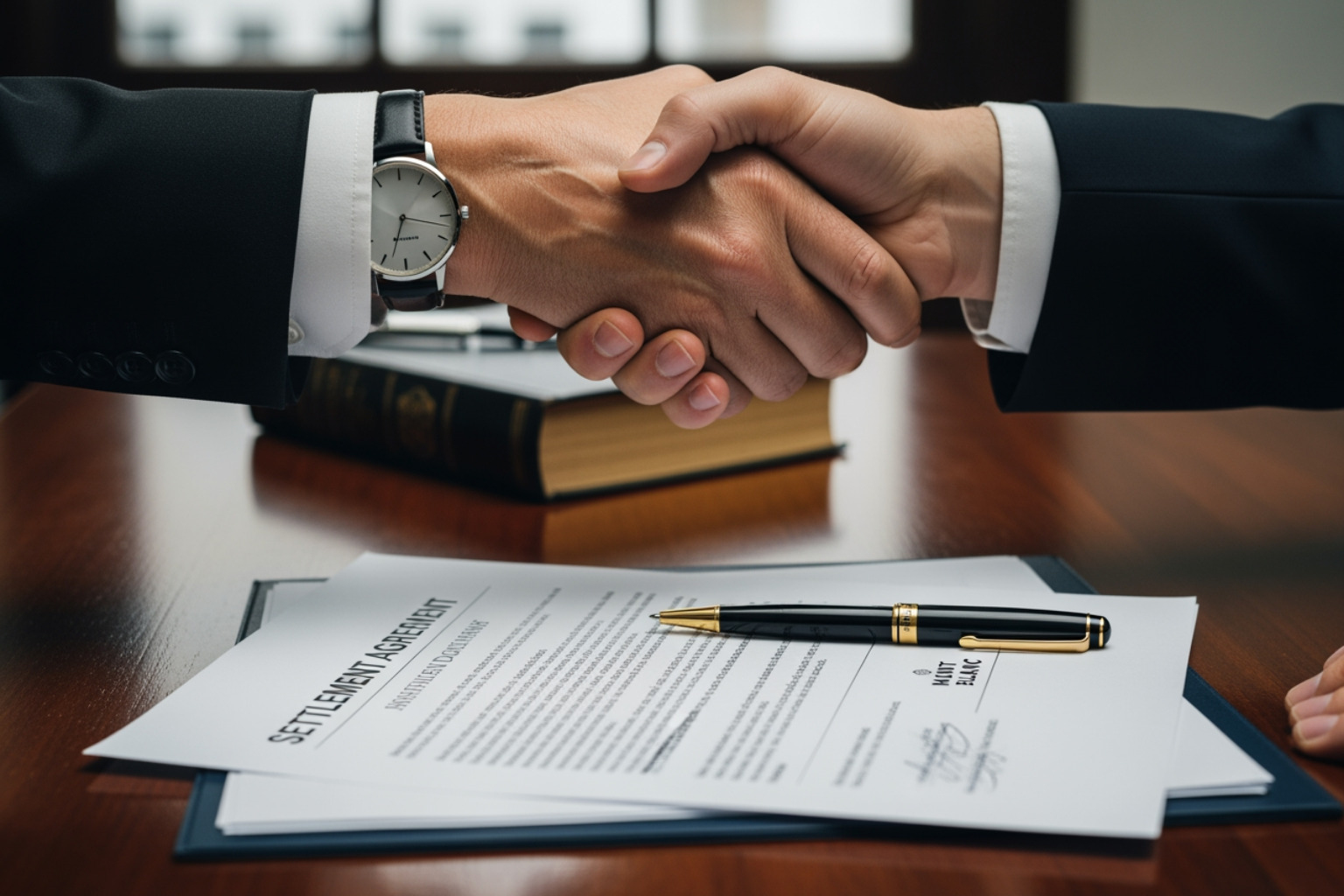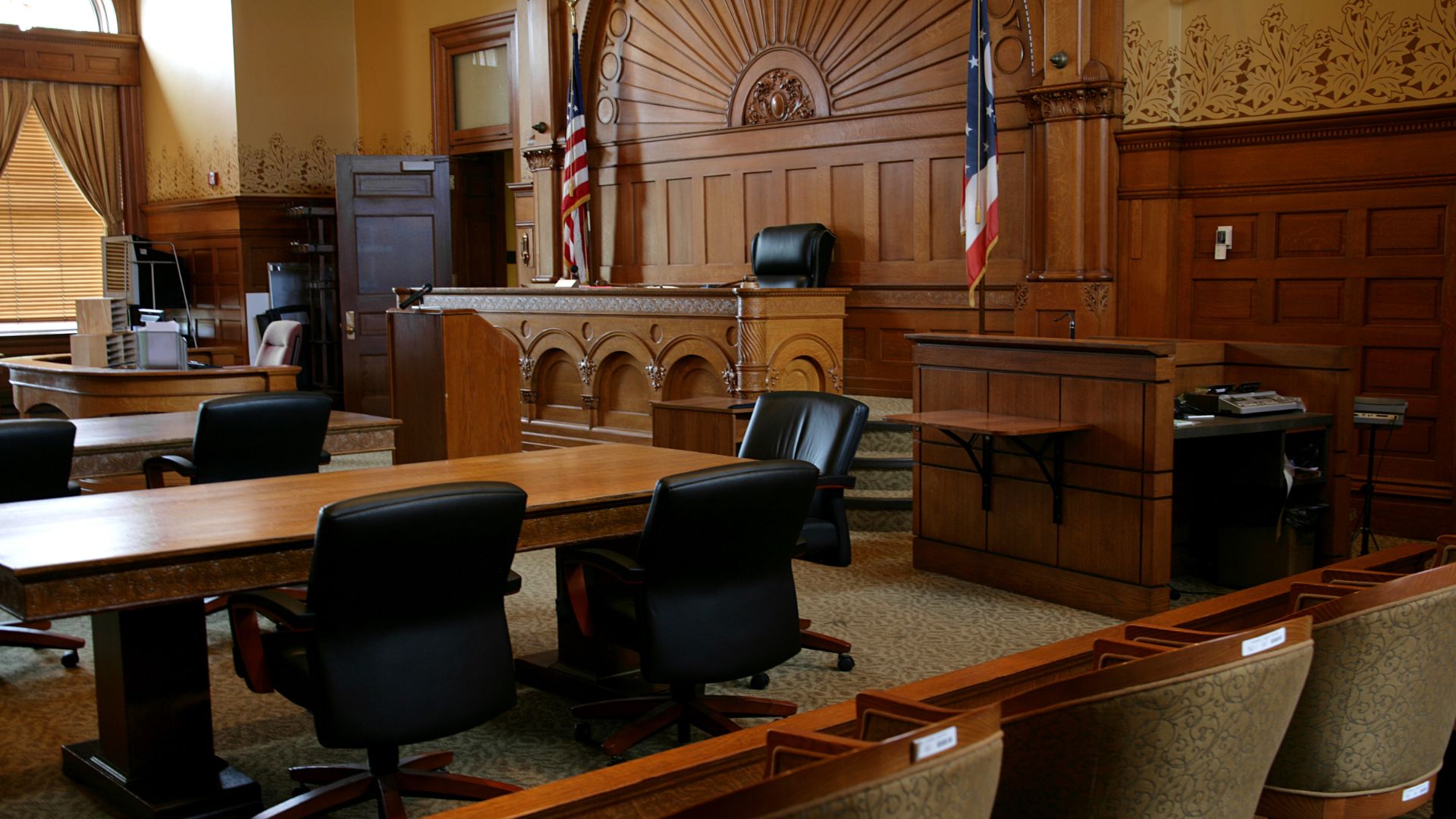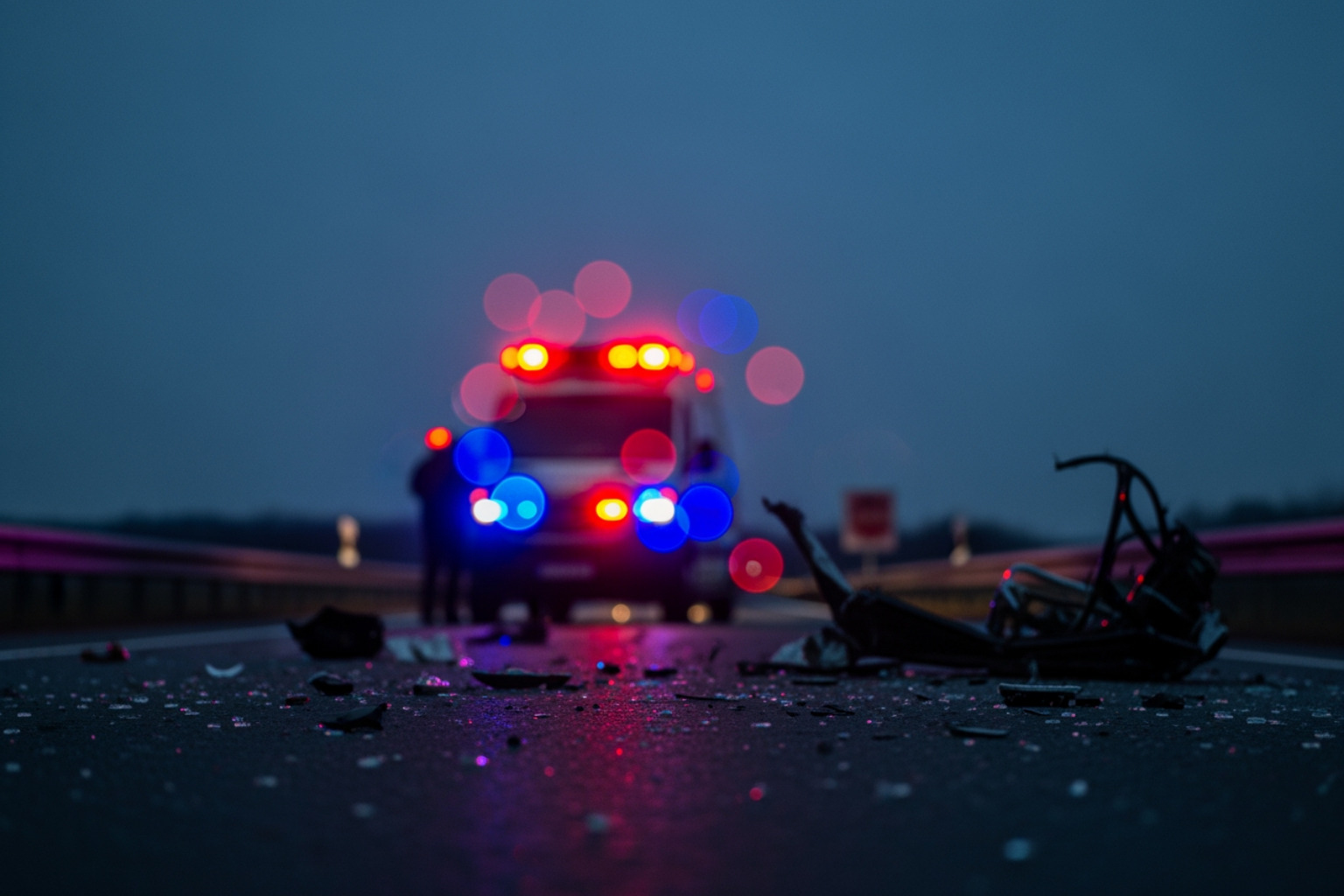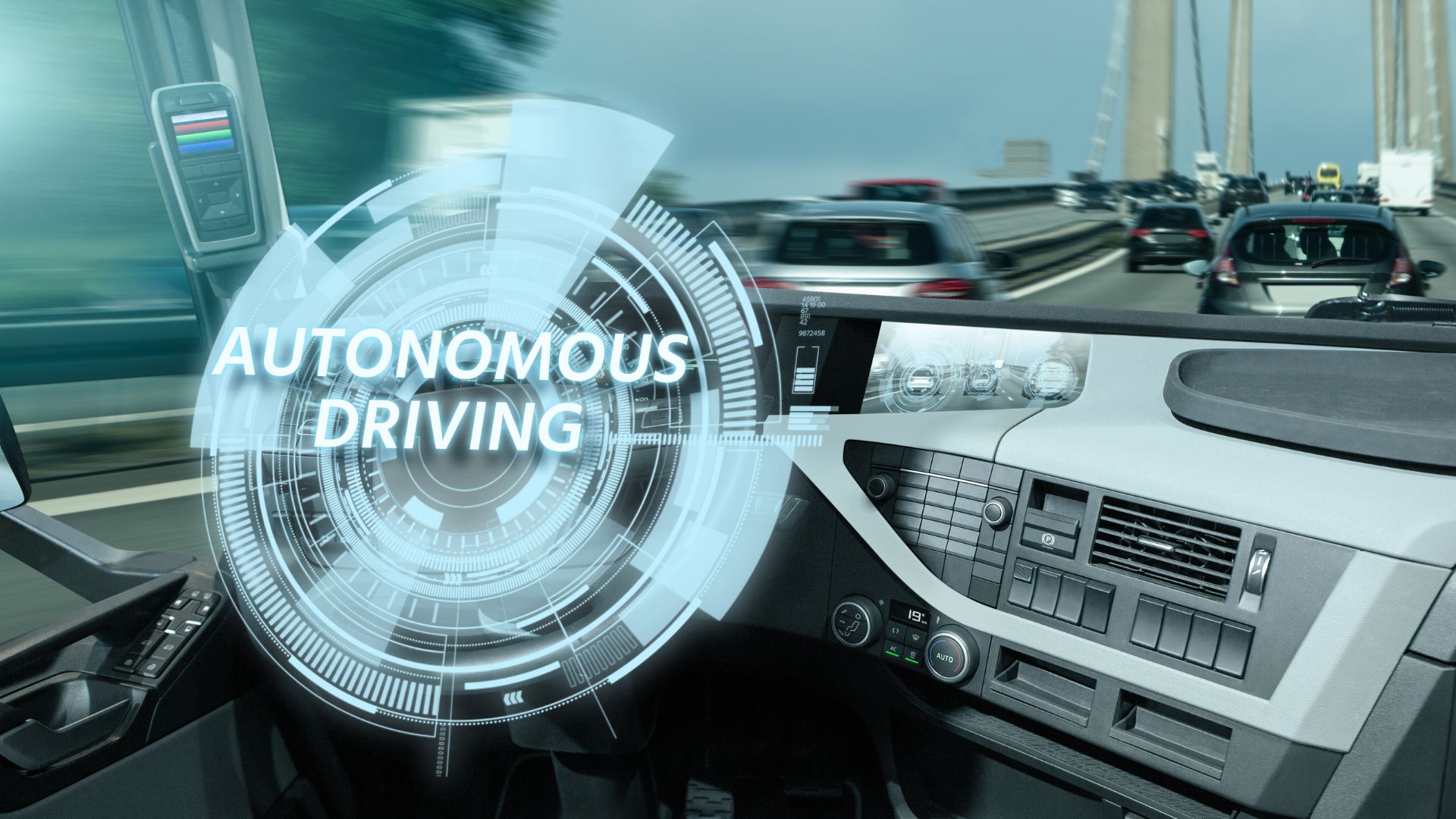Cars with autonomous or driver-assist systems promise to reduce human error. But when one of them crashes, proving fault becomes a battlefield. In these wrecks, the machines, the code, the human, and the manufacturer all point fingers. In the end, the legal fight is rarely simple.
Here’s why proving fault in a self-driving vehicle accident is so difficult, and what families in Georgia need to understand up front.
The Blurred Line: Human vs. Machine Control
One of the biggest challenges in proving fault in self-driving car accident cases is that most cars are not fully autonomous. They operate in a semi-autonomous mode (Level 2 or 3), meaning, the human driver must stay ready to intervene.
If the system fails and the human doesn’t react quickly, defense lawyers argue the driver should have taken over. Meanwhile, plaintiffs must show that the system had no fair chance to warn, that the transition was unsafe, or that the machine made an error it was supposed to handle. In many cases, both the human and the system acted poorly. Courts must sort out shared fault. (See: overlap between product liability and driver negligence.)
This blurred responsibility makes liability in autonomous vehicle crash cases especially hard.
Data Is Controlled by Manufacturers
The most critical evidence in a self-driving crash lies in the vehicle’s logs, sensor data, software versions, and decision-making code. However, that data is usually stored and controlled by the manufacturer, not the driver or independent parties.
Victims and their attorneys often must file litigation motions or preservation letters just to try to force access. In some cases, the data is overwritten, lost, or encrypted before it can even be secured.
Without that evidence, it’s nearly impossible to show exactly what the car “saw,” how it decided, or where it failed.
The “Black Box” Problem and AI Complexity
Some autonomous systems use deep learning or opaque algorithms. Engineers sometimes call them “black boxes,” meaning even the maker can’t always explain why the algorithm made a certain decision.
When you can’t trace the cause inside the software, it becomes nearly impossible to prove liability in autonomous vehicle crash cases. Juries and courts want explanations, not guesses. The lack of transparency works in favor of defendants.
Multiple Players, Multiple Shifts in Blame
Unlike traditional crashes, self-driving accidents often bring in many defendants: the automaker, the software developer, sensor manufacturers, map or data providers, and even calibration shops.
Each one can shift blame to another actor, arguing that their piece of the technology was used properly or was not at fault. This complicates the case. It forces plaintiffs to prove not only that a defect existed, but who among the many potential players is responsible for that defect.
Evolving Laws, No Uniform Standards
The legal and regulatory frameworks for autonomous vehicles are still in flux. Courts have few precedents. States differ on comparative fault, contributory negligence, product liability, and how much self-driving systems must disclose.
That uncertainty gives defense teams room to argue procedural or threshold issues instead of addressing the core technological failures.
The Changing Nature of Evidence
In normal wrecks, evidence is physical: skid marks, deformities, damage paths, and witness statements. In self-driving crashes, the decisive evidence is digital. Without proper preservation, it vanishes.
If the car is restarted, or the battery dies, or the software system resets, critical logs get overwritten. Victims must act fast to issue preservation orders.
Reconstruction Requires Experts Who Understand Both Law and Tech
To prove fault, your legal team must bring in technical experts: software engineers, AI specialists, perception system analysts, and crash reconstructionists who understand automation. These experts must translate machine decisions into human-understandable narratives for juries. Defense teams often fight those narratives aggressively, attacking methodology, calibration assumptions, or data integrity.
If you want to see exactly how Cheeley Law Group cuts through that confusion, visit our Self Driving Vehicle Accidents page. It explains how we uncover software errors, identify system failures, and prove liability in cases where other firms get lost in the tech.
Georgia Families Deserve Truth, Not Spin
When an automated system fails and people suffer, you deserve someone who can navigate this maze. Proving fault in a self-driving car accident isn’t about guessing; it’s about forensic truth, technical mastery, and legal grit.
If you or a loved one was injured by a car with driver-assist or self-driving features, don’t let the manufacturers hide behind code. Get a team that knows both Georgia law and the nuts, bolts, and data behind these machines. Because when you can’t prove fault, accountability vanishes.
We’ll fight to hold the right parties answerable. No bluffing, no backing down. Contact us now.





